People
Principal Investigator
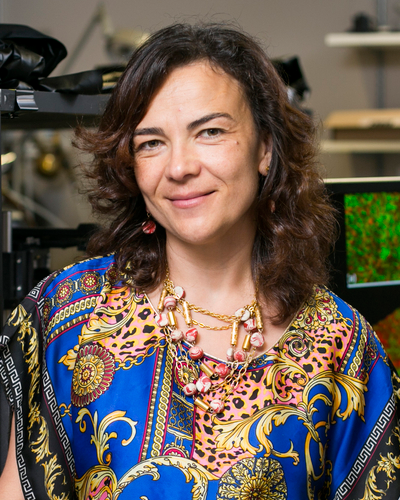
Irene Georgakoudi
Optical Diagnostics for Diseased and Engineered Tissue Group
Tufts University
200 College Avenue, Room 137
Medford, MA 02155
Office: 617-627-4353
Fax: 617-627-3991
Current Lab Members
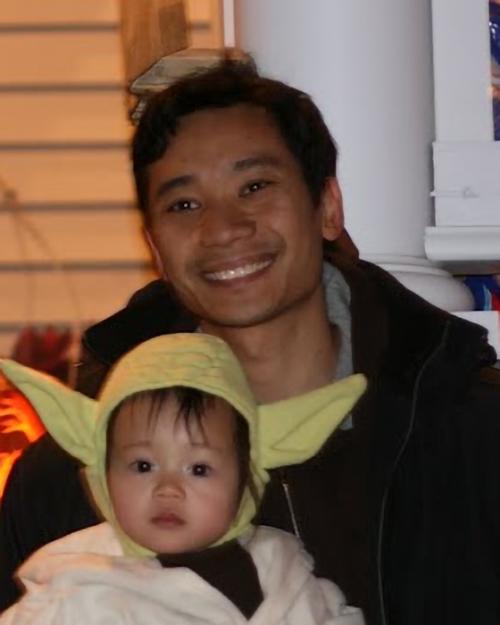
Carlo Alonzo
Postdoctoral Associate
Carlo joined the ODDET group as a Postdoctoral Associate in June of 2011. He has since been developing customized hardware and software solutions to fulfill the group's instrumentation needs. Most of this work has revolved around building a flexible multiphoton microscope platform that is adaptable to a diverse variety of imaging challenges. Applications for this system have ranged from in vivo imaging of engineered-tissue implants in mice, to probing viscoelastic properties of extracellular matrices using optical tweezers. Carlo has been working with lasers since 1998, when he was an undergrad at the University of the Philippines. He continued at the same institution through to a Physics PhD degree in 2006. Prior to joining Tufts University, Carlo had been affiliated with the Wellman Center for Photomedicine at Massachusetts General Hospital where he helped develop a novel pulsed fiber-laser. Carlo also spent some time at the Risoe National Laboratory, now part of the Technical University of Denmark, studying phase contrast and optical trapping of mesoscopic particles.
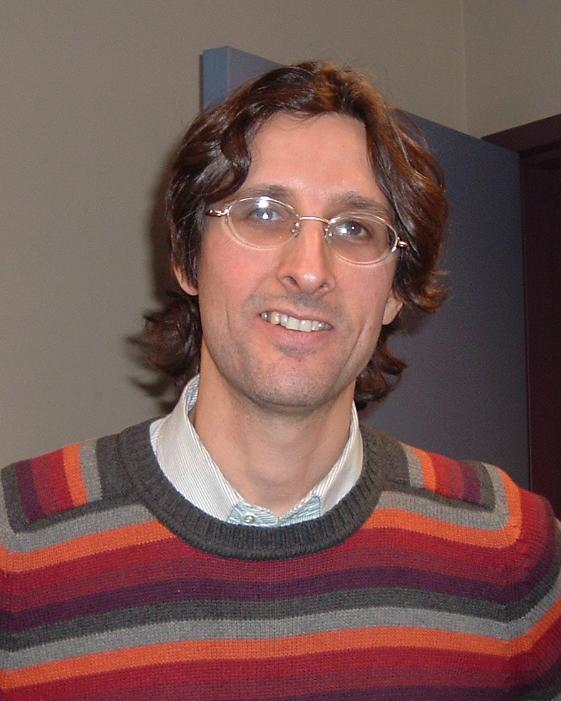
Martin Hunter
Lab Coordinator
I grew up in Argentina and Brazil, came to the US for college and have been here ever since. I got my BS in Chemistry from MIT in 1987, and a PhD in Physical Chemistry from the University of Southern California. I have always been fascinated by the science of light, and how it interacts with matter. In grad school I used lasers to study how molecules store and transfer energy when they collide with each other. I later applied that knowledge to studying the photochemistry of the atmosphere, related to ozone hole formation and global warming. More recently, I've become involved with the use of light as a diagnostic tool in medicine. For the past five years, I've worked at MIT's Spectroscopy Laboratory developing optical instruments for monitoring sugar levels in diabetics, and for detecting the onset of precancer in human epithelia. I am excited to be joining BME as the new Lab Coordinator: I look forward to contributing what I know to the students, both technically and in enthusiasm for the creative potential of science. Outside of work, I find fun and joy in my awesome family, Sierra my wife and my kids Ian (13) and Rio (2).

Joe Lyons
MS Student
I am a Masters student in Biomedical Engineering, and joined the ODDET group in June 2013. I received my bachelors in Physics & Astronomy from UMASS Amherst. My current project builds on previous work with our custom flow cytometer to detect and distinguish cancer cells from white blood cells in blood, based on scattered light. The ultimate goal is to develop a cost-effective and minimally invasive in vio flow a cytometer that can identity circulating tumor cells and white blood cells as a means of optimizing patient treatment.
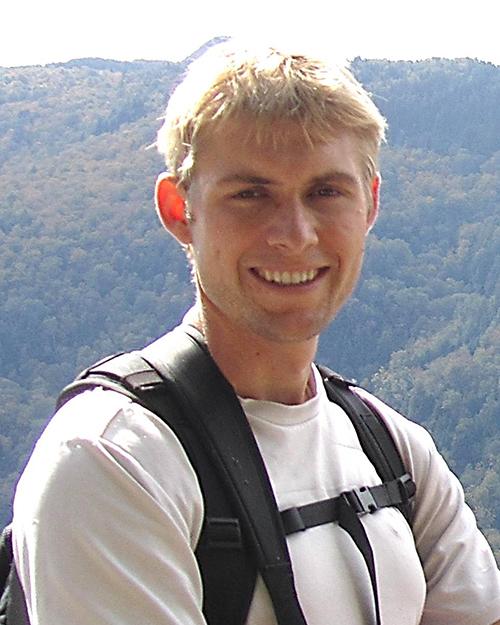
Michael Polmear
PhD Student
Mike is a Masters student in Biomedical Engineering. He earned a BS in Chemical and Biological Engineering from the University of Colorado at Boulder. His undergraduate thesis work investigated potential repair mechanisms and changes in gene regulation within muscular dystrophy. Before moving to Boston, he worked for Roche Pharmaceuticals as a Process Engineer in peptide manufacturing. His current project with the ODDET group builds upon previous work in light scattering and fluorescence diagnostic tools. These techniques can detect changes in cell morphology and organelle distribution that are characteristic of cancer cells that enter the bloodstream during a key step in metastasis. The purpose of the research is to develop a minimally invasive process that identifies circulating breast tumor cells as a reference for prognosis and treatment efficacy.
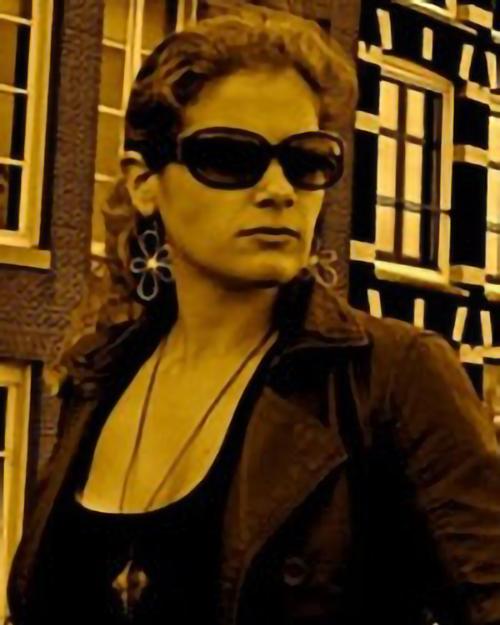
Dimitri Pouli
PhD Student
Dimitra is a Medical School graduate that joined the Optical Diagnostics for Diseased and Engineered Tissues Group as a PhD student. She received her MD with honors from the University Of Athens School Of Medicine in 2011. She is interested in optical diagnostics and translational research for practical clinical implementation. Her current research involves the utilization of Laser Scanning Fluorescence Microscopy and Image Analysis Algorithms to non-invasively investigate cancerous transformation in live, freshly excised tissue biopsies.
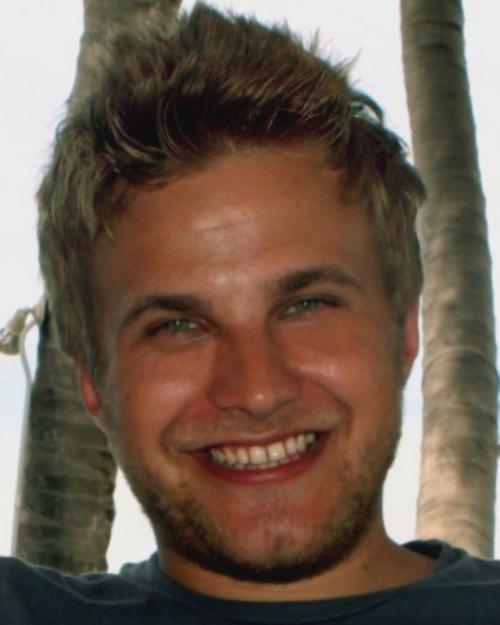
Kyle Quinn
Postdoctoral Associate
In September 2010, Kyle joined the Optical Diagnostics for Diseased and Engineered Tissues Group as a Postdoctoral Associate. He received his BS in Biomedical Engineering from the University of Wisconsin-Madison in 2004. He earned his PhD in Bioengineering from the University of Pennsylvania in 2010. In his dissertation work, he developed a novel imaging approach to quantify ligament damage through the analysis of collagen fiber kinematics in the facet capsular ligament during mechanical loading. Kyle's initial research with the ODDET group has been focused on using two-photon imaging to non-invasively detect stem cell differentiation in 3D engineered adipose tissue. Kyle has also received an NRSA postdoctoral fellowship to develop non-invasive optical biomarkers to assess the cell differentiation status, microstructural organization, and mechanical function of engineered bone tissue. He is also interested in determining the underlying physiological mechanisms which produce changes in the cell redox state during stem cell differentiation. His long-term research interests are related to developing and utilizing new imaging techniques to understand the relationships between tissue microstructure, cellular processes, and overall mechanical function during dynamic events such as injury and repair.
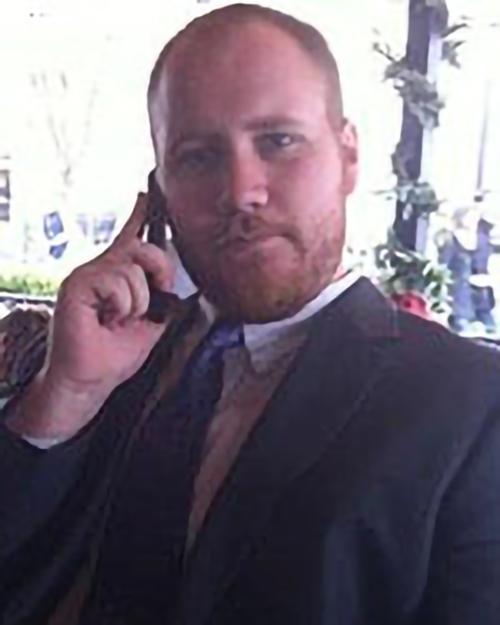
Daniel Sawyer
MS Student
Daniel is a Biomedical Engineering student currently seeking his master's degree. He graduated from George Washington University with a BS in Biomedical Engineering with a minor in Biophysics in 2013. He is interested in optical data analysis techniques to help with cancer diagnostic methods. His current research involves the study of cancerous biopsies taken mainly from gastro-intestinal tract and ovarian areas. By collecting emission spectra and analyzing this data fluorescence properties of cancer in these areas will be determined. From the fluorescence data optimal wavelengths of light for excitation and detection will be determined. The current method of white light imaging could be greatly improved with the utilization of these wavelengths of light.
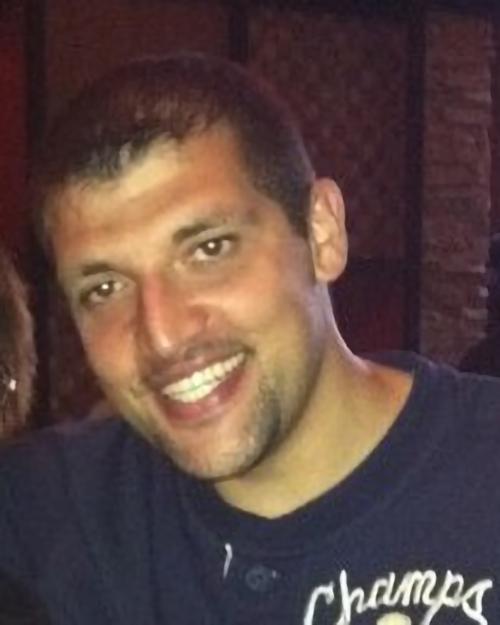
Antonio Varone
PhD Student
Antonio Varone has a bachelor's degree from Second University of Naples where he graduated with honors in 2008. He was involved in preclinical research and testing the potential application of Nitric Oxide Synthase (NOS) inhibitors as therapeutic for the treatment of heart disease and stroke. He is completing his second year as master student at the Biomedical Engineering department of Tufts University, Medford, MA. His research is focused on the optical characterization of pre-cancerous lesions induced by human papillomavirus (HPV) in engineered epithelial tissues. He employs two-photon excited fluorescence microscopy for the investigation of living cells to identify optical biomarkers. He specializes in engineering organotypic epithelia expressing HPV oncoproteins and in performing immuno-histo-chemistry on them. The ultimate goal of this research is to correlate alterations in the tissue's optical properties with cellular morphological and metabolic changes and to develop a minimally invasive diagnostic tool based on endogenous optical biomarkers as a specific signature to discriminate between normal and pre-cancerous lesions.